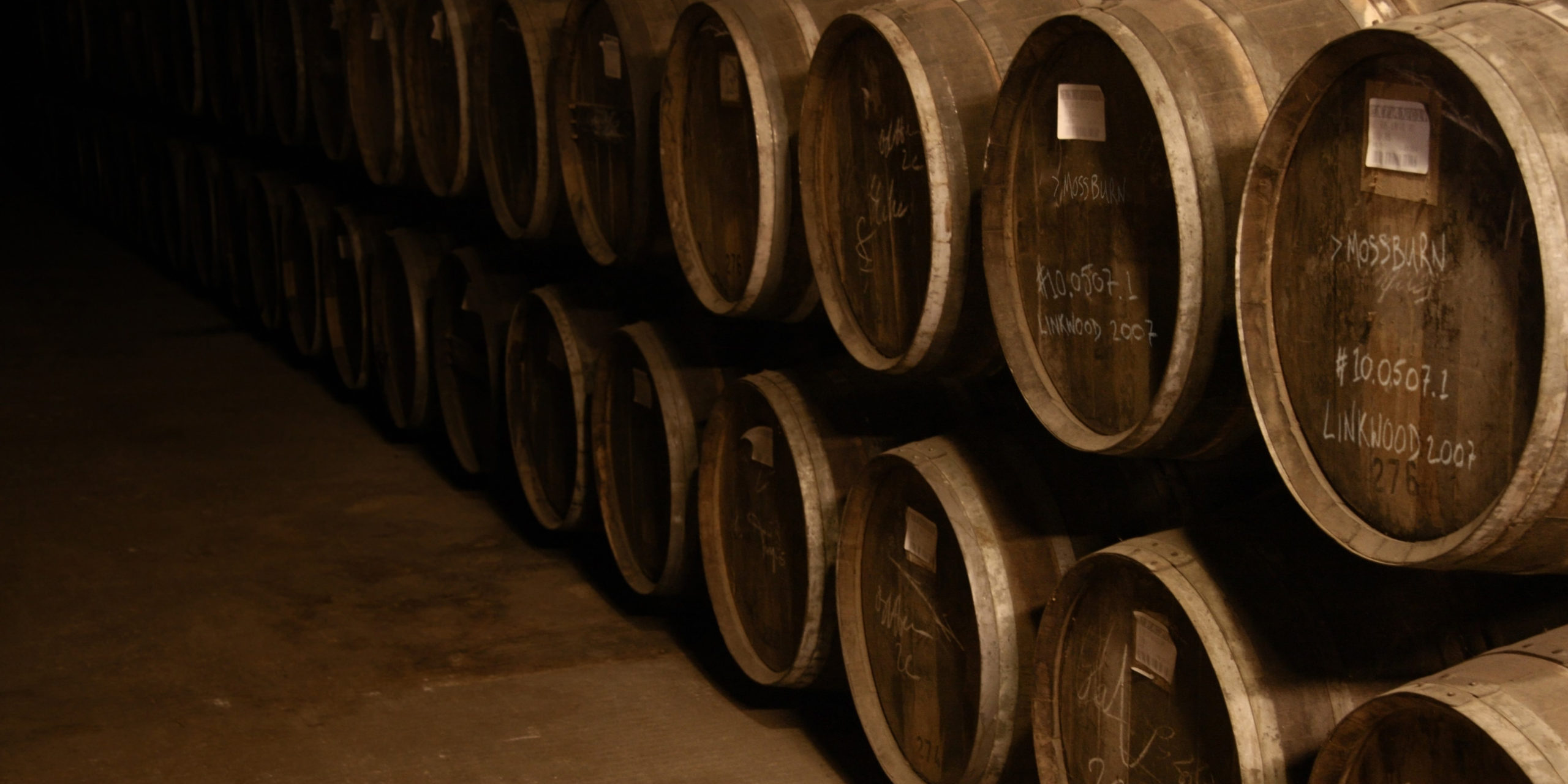On Wood

A man that needs almost no introduction, but gets one anyway, Dr Alan Rutherford OBE is the former production director at Diageo with over 50 years of experience in brewing and distilling, a Master of the Quaich and Past President of the Malt Distillers Association. Few other people could provide more insight into any number of Scotch Whisky related topics, and here, Dr Alan joins us to talk about the history of wooden barrels and the ascension of oak.
The absence of amphorae beyond the Iron Age means it is fair to conclude that wooden containers had by this time replaced clay ones. The existence of straight-sided, open wooden containers, employing the craft of the cooper, is visible in Egypt as early as 2500BC. Enclosed wooden barrels were first made during the Iron Age and by the 1st century BC were widely used for holding liquids such as wine, beer, milk, olive oil, and water.
With the development of trade and transport routes, carters and shippers discovered that sealed wooden containers were stronger than clay vessels, and the skills of barrel-making grew in importance. Thus, the craft of cooperage and the subsequent development of the cooper’s guild was established, probably originally in Rome. By the 2nd century wooden chests, casks and barrels had largely replaced many other containers.
The most significant advantages of wooden barrels were, firstly, their strength and ability to take the odd knock; secondly, the barrels could be easily rolled on and off carts and vessels; and thirdly, certain goods—such as wine, beer and spirits—actually benefited when stored in wood.
By the Middle Ages coopering was a structured industry in Europe and by the end of the 17th century it had also established itself in America. The Spanish were the first to take American oak logs back home, thus beginning a tradition of ageing Jerez and Rioja in American oak barrels. When metal and plastic containers became available during the 19th and 20th centuries they became the receptacles of choice for most other industries, so today the wine and spirits industry is virtually the only remaining market for wooden barrels.
Casks are still made of many types of woods, including chestnut, cherry acacia, and of course oak. Oak wood is preferred to most of the others for spirits because it is harder and has sweeter and more aromatic phenolic substances—tannins and lignins—that aid the development of complex flavours in the spirit. One of the most important aspects of the wooden cask is its re-use, often necessitated by scarcity or price, this second use has enabled distillers to produce variations in the spirit character from a single distillate.
Ageing spirits in oak barrels is all about the complex interaction between the wood and the spirit coupled with the oxidation and evaporation levels. High-strength spirit will dissolve some of the oak’s elements and with time these develop and become absorbed into the spirit forming complex flavours and aromas. It should be noted that the process also includes the subtraction of undesirable components, particularly sulphides, by absorption into the char and through evaporation.
Maturation has often been described as controlled oxidation, which helps to soften and mellow the natural harshness of a raw spirit. The density of the oak plays an important part here as it only allows slow oxygenation and slow evaporation of the spirit. This evaporation—referred to poetically by the French as la part des anges or the angel’s share—results in some loss, which over many years makes the spirit creamier, richer, smoother, more unctuous and more concentrated. Depending on the climate the rate of evaporation per year can vary from 2 % in Scotland to 8 % in the Caribbean.
Aside from the type of oak, the most important factors are the age of the wood—how much will the wood allow the spirit to extract—and the size of the cask—how much wood is in contact with the spirit. Careful management of new and old wood will allow the spirit to develop the desired flavours over a period of many decades.
